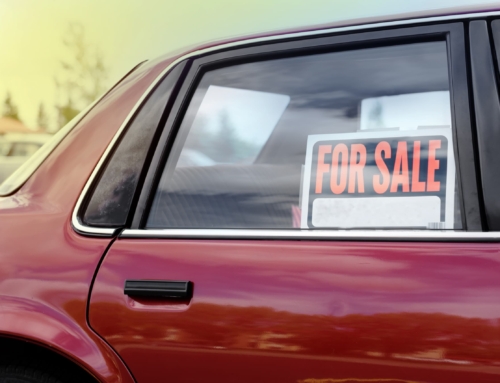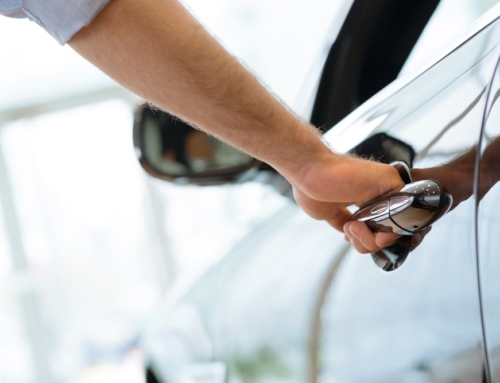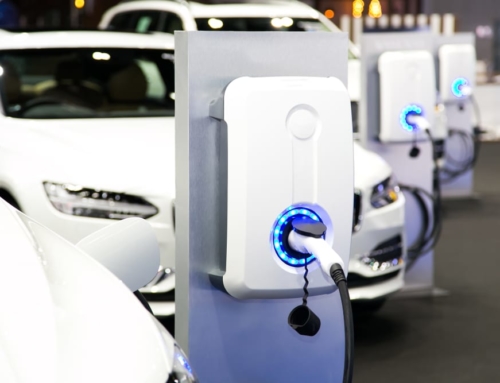Whether due to the sluggish economy or anxiety over job security, many consumers have been putting off large purchases. But as stock and home prices have started to recover and unemployment has continued to improve in a baby-step fashion, these same consumers are spending again.
Many consumers are now looking to purchase new vehicles to replace their old ones, according to a recent Equifax Credit Trends report. Pent up demand, coupled with increased consumer confidence, has also contributed to this uptick in auto lending.
What’s driving auto sales
Sales of new cars and light trucks have steadily climbed as auto lending, including leasing, has returned to pre-recession levels more than three years into the recovery, according to the report. This increase in auto loan originations has been driven, in part, by lower interest rates and looser underwriting standards that benefit higher-risk consumers.
There were 21.6 million auto loan originations in 2012, a more than 10 percent increase from the 19.6 million auto loans originated in 2011 and a record for the seven years tracked. In addition, there was a total of $423.6 billion in auto loans in 2012, a more than 12 percent increase from the year before.
Auto loan originations have been increasing for both lending sources monitored—auto bank loans, which are generally funded by financial institutions like banks, credit unions, or savings and loans, and loans funded by auto finance companies.
Auto bank loans were at their highest at the end of February—with more than 844,000 opened by lenders—compared to the past seven years for the same month.
More loans are being made to higher-risk consumers
While the number of subprime auto loan originations has not yet hit pre-recession levels, it has been steadily rising since the U.S. economy hit rock bottom in 2009.
With an Equifax subprime credit score, a consumer generally will have a more difficult time securing credit from a bank or lender and may have to pay a higher interest rate.
In 2012, there were 6.6 million subprime auto loan originations, a more than 17 percent increase from the 5.6 million originated in 2011 and the most subprime auto loan originations the auto industry has seen at year-end since 2007.
Overall, about 30 percent of the auto loans originated today are higher risk, up from 25 percent during the more than two-year recession. But today’s portion of higher-risk auto loans still lags behind the pre-recession years, when about 35 percent to 40 percent of the auto loans originated were considered higher risk.
This means that higher-risk consumers in the market for a car might have to delay the purchase of a new car and instead handle repairs on their current vehicle or possibly provide a higher down payment when purchasing a new car.
In general, auto finance loans accommodate more subprime or higher-risk consumers than auto bank loans. While about 40 percent of auto finance loans today go to subprime or higher-risk consumers, that’s the case for only 20 percent of auto bank loans.
Loan sizes have increased across all risk score ranges—including high-risk and subprime. Loan size for lower-risk consumers has already reached pre-recession levels, and loan size for higher-risk consumers has continued to grow as lenders ease underwriting standards.
Janet Dedrick is a strategic consultant with the Equifax Analytical Center of Excellence. Janet covers US consumer credit trends reporting and analysis in addition to supporting Equifax client analytical initiatives. Prior to Equifax, Janet worked in the financial services industry in various roles, including risk management and banking regulatory policy areas. Janet holds an MBA from the University of Chicago.





